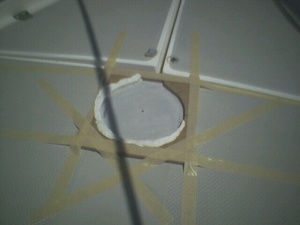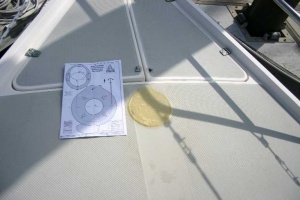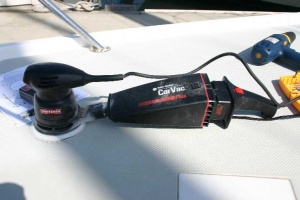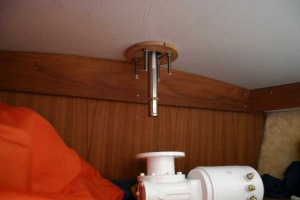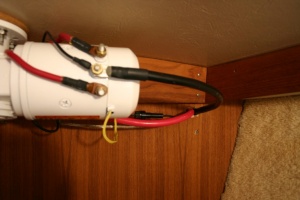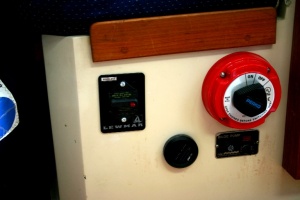A step-by-step guide
By Mark Elkin, Yorkshire Rose #133
Yorkshire Rose, hull #133, was built by Catalina Yachts during their first full production year. At that time, CY didn't even plan for an anchor windlass. For all the years I've owned Rose, I've raised the anchor by hand and muscle. And wished for a windlass most of those times. I've eyeballed the Lewmar Anchorman, a low profile manual windlass for a while, but kept putting it off. Finally, the time came (i.e. I got married) to stop procrastinating.
During a boat show, I talked to the Lewmar representative and learned that they had an electric version of the Anchorman. They had discontinued this line but the local vendor still had one on his shelf. So out flew the credit card....
Now came the challenge: where to mount this thing. Fortunately, a couple years ago, Mike Smith did a similar installation. So, following in Mike's footsteps, I tackled this project. What follows is the nitty gritty details.
The windlass motor requires protection from the elements. Since there's no "box" in the anchor well on the early model C34 boats, my best option was to put the motor inside the V berth. That, of course, meant cutting and drilling into the deck above the V berth. And then creating a water tight seal between the flat surfaces of the windlass capstan and windlass motor and the curved surfaces of the deck and the cabin ceiling. YIKES!!!!
I started out with the idea that I'd get some 1/4" teak plank, cut it to the correct outline of the windlass parts, then meticulously sand one side of each to match the curvature of the deck or ceiling. Fortunately, about the time I was ready to start the sanding part of that job, I read in the Mainsheet about another owner who needed a flat level surface for mounting his new, extra starter battery. He described how he created this by pouring unthickened West Systems epoxy into a mold right on his hull's fiberglass. And the proverbial "light came on" in my head. This would work great for the top side, which is the part that truly needed the watertight seal.
After that, it was all just details. The pictures below show the details as the project progressed.
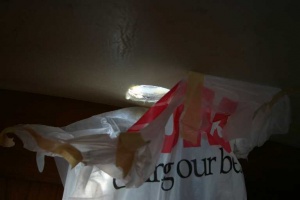
|
Of course, all the drilling and gouging creates a mighty mess. But a plastic garbage bag and some masking tape helped to contain a large part of it. |

|
Day 3 at the boat. With the epoxy hardened, I simply had to redrill the mounting holes and then sand down the top surface to get that final smooth flat surface. |

|
Now just test fit the capstan. Perfecto! The gods were shining down. |
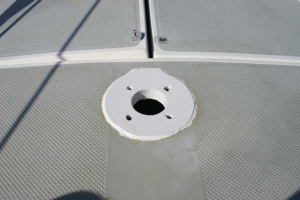
|
A coating of topside hull paint makes it look almost professional, and adds a layer of weather and UV protection to the epoxy pad. |
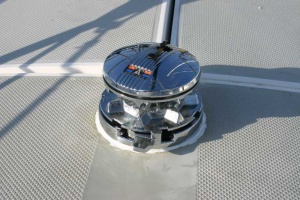
|
Finally, apply a bead of 3M's 4200 around the holes and the outer ring of the pad. Slip the capstan into place. |
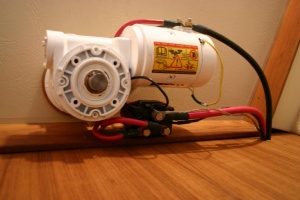
|
The control solenoid is mounted to the forward cabin wall, behind the motor body. |

|
Day 7 at the boat. After the test run, the exposed power studs and covered by rubber caps and the wires are neatly dressed with cable ties. |
I've only tested the anchor windlass in the harbor. But we're now ready for the next cruise.
Oh, one more thing. My mate thinks the motor is an eyesore. So that's prompted the next project.
Mark Elkin
Yorkshire Rose #133

